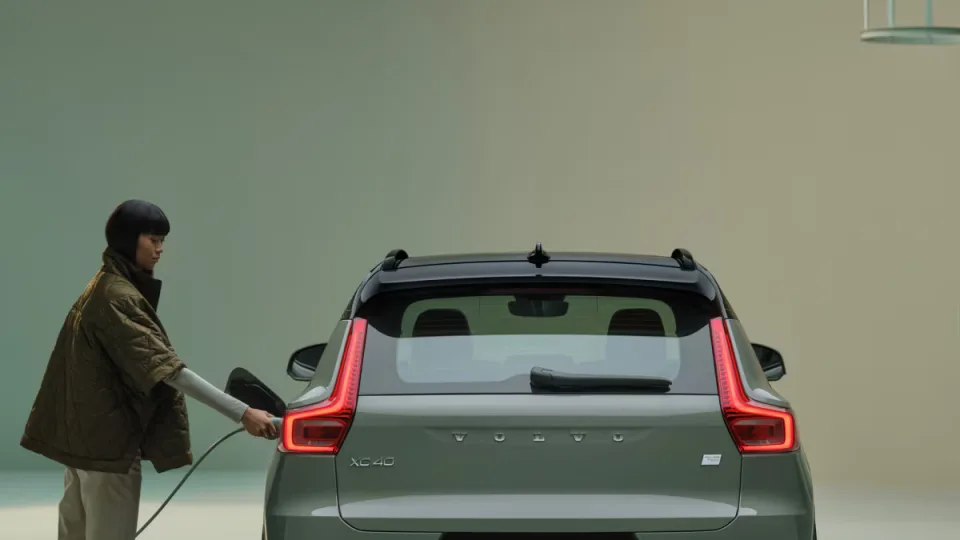Volvo has revised its electric vehicle (EV) goals, now stating it will sell 90 to 100 percent electrified vehicles—including plug-in hybrids—by 2030. This change comes over three years after the automaker initially announced plans to sell only electric vehicles by that same year. The remaining 0 to 10 percent of its lineup will consist of mild hybrids. Volvo attributes this adjustment to “changing market conditions and customer demands.”
Despite this shift, Volvo remains committed to long-term electrification. Since outlining its now-abandoned 2030 goal, the company has launched five fully electric models: the EX40, EC40, EX30, EM90, and EX90.
One factor influencing Volvo’s decision is the slower-than-anticipated rollout of EV charging infrastructure. Although President Biden’s Bipartisan Infrastructure Law, passed in 2021, allocated $7.5 billion to support the development of 500,000 EV charging stations, only seven stations in four states had been completed as of March. The slow progress is reportedly due to a lack of experience among state transportation agencies tasked with the rollout and various government requirements, such as submitting plans, soliciting bids, and awarding funds.
The Biden Administration has indicated it still expects the U.S. to reach 500,000 charging stations by 2026.
Volvo also mentioned “additional uncertainties created by recent tariffs on EVs in various markets,” particularly affecting the automaker’s models manufactured in China. Earlier this year, the White House announced new tariffs on EVs and batteries sourced from China, which impacts Volvo’s parent company, Volvo Car AB, that is majority-owned by China’s Geely Holding. Reports in May suggested that the China-made EX30, anticipated to start at around $37,000, could rise to over $50,000 due to these tariffs.
In conjunction with the adjusted timeline, Volvo revised its CO2 reduction expectations. It now aims for a 65 to 75 percent reduction in per-car emissions (compared to a 2018 baseline) by 2030, down from a previous goal of a strict 75 percent. Additionally, its prior goal of a 40 percent reduction per car by 2025 has been revised to a target of 30 to 35 percent.
Jim Rowan, Volvo Cars CEO, emphasized in a press release, “We are resolute in our belief that our future is electric. An electric car provides a superior driving experience and opens up possibilities for advanced technologies that enhance the overall customer experience. However, it is clear that the transition to electrification will not be linear, and customers and markets are adopting at different speeds. We remain pragmatic and flexible while maintaining an industry-leading position in electrification and sustainability.”
